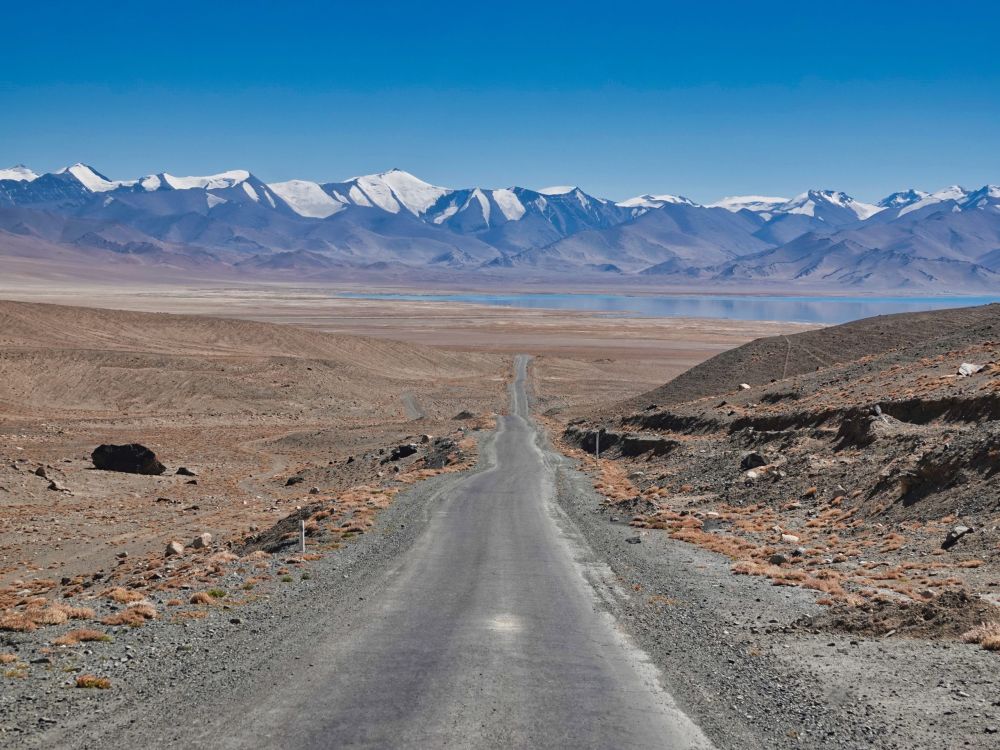

Nestled in the heart of the Pamir Mountains, Alichur Village has been a hidden gem in Tajikistan, only known to the most intrepid of travelers for many years. The history of tourism in this remote area is comparatively recent, with it beginning to gain traction in the latter part of the 20th century. As part of the ancient Silk Road, the region around Alichur has long played host to wandering merchants and explorers, but it is only in the last few decades that it has become a destination for modern tourism.
The end of the Soviet Union and the establishment of the independent Republic of Tajikistan in 1991 provided the stimulus for the development of tourism in the region. With this newfound sovereignty came the opening of borders, and intrepid travelers began to seek out the untouched beauty of the Pamirs and Alichur Village.
However, it was not until the mid-2000s, with improvements in infrastructure and growing awareness of the area's natural splendors, that Alichur started to appear more prominently on the adventure tourism map. The establishment of the Pamir Highway, which is one of the highest altitude roads in the world, has facilitated access and fueled the interest of tourists seeking the unique landscapes and cultural experiences that Alichur offers.
In recent years, there has been a discernible shift in the tourism trends of Alichur Village. The focus has shifted towards sustainable and community-based tourism. There is an increased awareness and appreciation for the fragile ecosystem of the high Pamir and the traditional way of life of the Kyrgyz nomads, who are the primary residents of the village.
Eco-tourism has gained momentum, and visitors are now more interested in homestays, yurt camps, and experiencing local life rather than just passing through. This shift has created an opportunity for the residents to benefit directly from tourism, promoting conservation and cultural preservation.
Alongside this, there has also been a rise in adventure tourism. Activities such as trekking, mountain biking, and yak safaris are gaining popularity among tourists who are eager to explore the rugged and remote landscapes. The annual Roof of the World Regatta, which takes place on nearby Karakul Lake, has also started to draw visitors, diversifying the tourism offerings of the area.
In terms of accessibility, while still challenging to get to, Alichur Village has benefited from various development projects aimed at enhancing transportation links. The increased reliability of the Pamir Highway has made road trips and overland expeditions more feasible, encouraging a new wave of overland travelers.
The growth in tourism has had both positive and negative impacts on Alichur. On the one hand, it has brought economic opportunities and increased interest in preserving the local culture and environment. On the other hand, it also presents challenges such as waste management, and the need to balance the development with the preservation of the traditional lifestyles and natural landscapes that draw visitors to Alichur in the first place.
To address these issues, collaboration between local communities, NGOs, and the government is critical to ensure the sustainable development of tourism in Alichur. By valuing the unique heritage and environment of the Pamir region, the hope is to foster a tourism industry that benefits both visitors and locals alike.